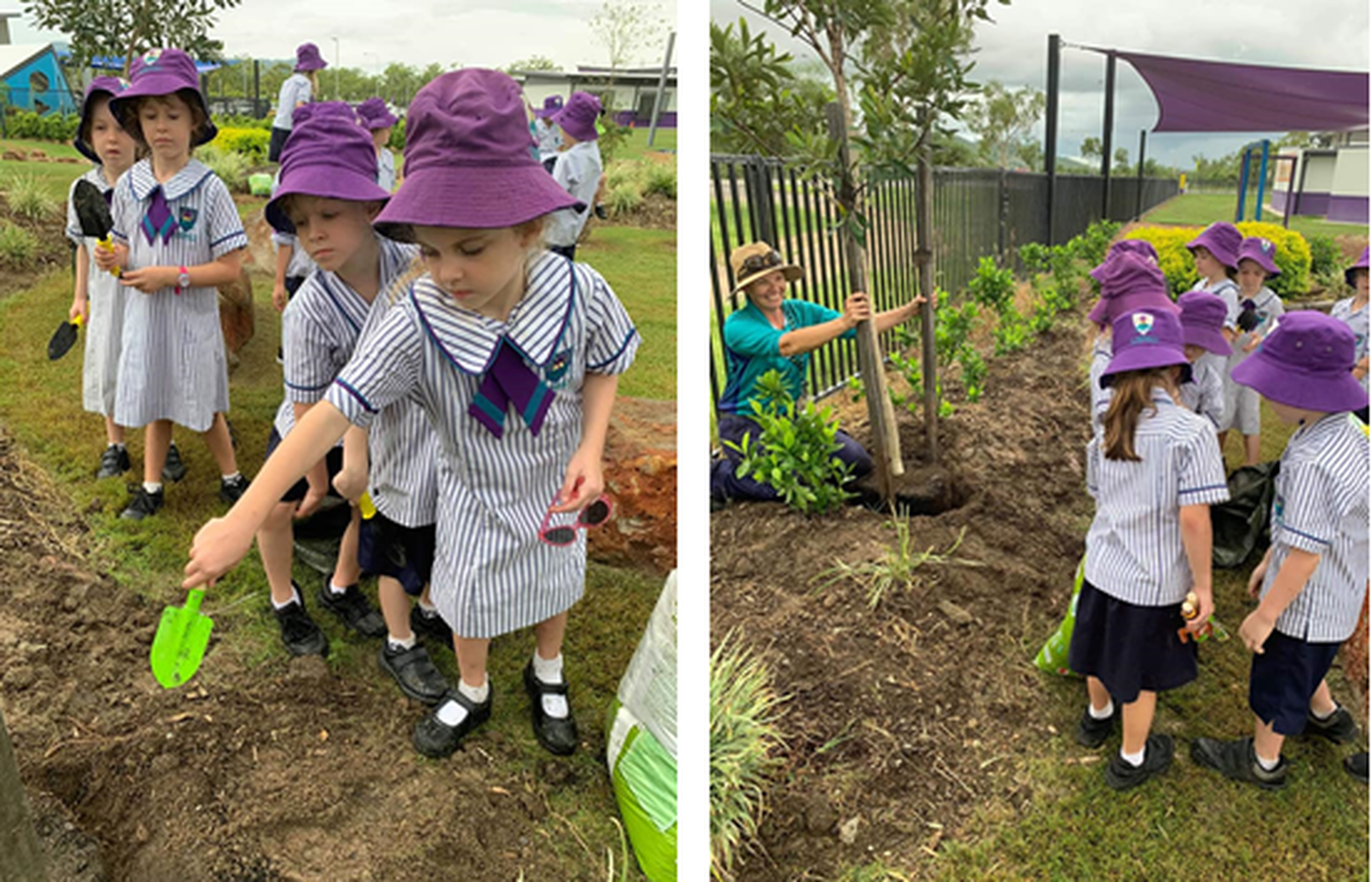Nestled in Townsville on the north-eastern coast of Queensland, St Benedict’s Catholic School is proof that showcasing world class-sustainability is possible, no matter the size or scale of a project. With just 163 students enrolled at the campus, St. Benedict’s is a small school with big ideas on how Green Star can be used to improve the sustainability of schools and the learning experience of students.
This exciting project is the focus of our next webinar ‘St. Benedict’s School – Pathway to 6 Star Innovation’, due to be held on Wednesday May 6. We had a chat to Liam Murray, project manager of the St. Benedict Catholic School development, managing director at Building-Performance and lead of the upcoming webinar to give you a preview of what’s to come.
Murray set out initially to achieve a more conservative 5 Star Green Star rating for this project, but the number of innovations that were pursued meant that the project was awarded a 6 Star Green Star rating, one of few schools in Australia to achieve this status.
“The success of the school has largely come from the imperative to have buy-in from all parties,” Murray says about the strategy he adopted to achieve the higher rating.
In particular Murray nominated the support provided by the School’s founding principal Penny Collins as “a huge driver of sustainability within the school and broader community”. The School’s enthusiastic support of the broad range of environmentally-friendly initiatives meant that sustainability has not just been confined to the built environment. It has been also fully integrated into the School’s ethos and in the learning experience of students. From formal lessons on the environment to attending sustainability club and being involved in on the ground sustainability initiatives, the students are spoilt for choice.

Students of St Benedict’s pictured above, planting trees in the school yard to create shade and attract more biodiversity.
A range of sustainability initiatives were pursued throughout the project including solar panels, indoor air quality monitoring, enhanced storm water treatment and much more.
And what has been the reaction to the new space so far? Murray says the students were quick to notice “how bright and airy the spaces are,” the result of a daylight modelling and harvesting system. He says other visitors have commented on the distinct lack of a new building smell which is the result of using low Volatile Organic Compound (VOC) paints, a reaction which has prompted the Catholic Diocese to commit to using this type of paint on all projects in future. But perhaps what has kept this project performing so optimally is that these technical initiatives have been adopted in conjunction with innovative community-based policies like the early engagement of local champions to monitor the building’s performance well after the sustainability experts have gone home.
Reflecting on how the whole exercise has unfolded, Murray says it was this “holistic approach that has ensured St. Benedict’s School was a thrilling project to be a part of.”
There is little question that this unassuming project in north Queensland has now set the bar for all future Green Star rated schools.
*If you are interested in learning more about the specifics of this exciting project be sure to tune into the webinar ‘St. Benedict’s School – Pathway to 6 Star Innovation’ on May 6.